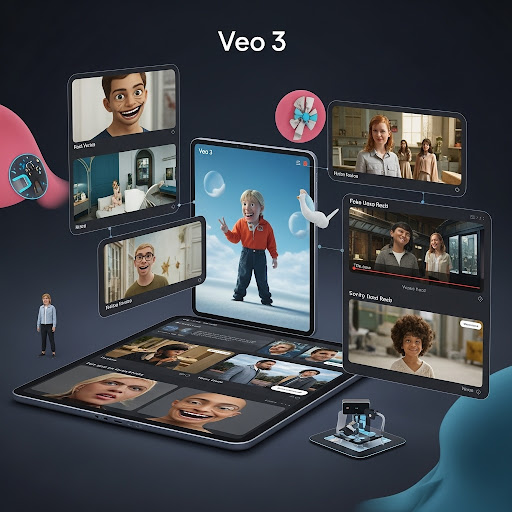Google's latest video model Veo 3 has stunned the internet community with its ability to create incredibly realistic video clips with synchronized audio. The technology generates content so convincingly that viewers struggle to distinguish artificial videos from real ones.

G. Ostrov
Google's artificial intelligence has reached a new level in video content creation. The Veo 3 model can generate video clips with synchronized audio, creating content that is virtually indistinguishable from reality.
Technological Breakthrough in AI
Veo 3 demonstrates impressive capabilities in creating diverse content. The neural network reproduces natural dialogues with different accents and supports multiple languages, including Russian. From short clips to imitating streams and interviews - everything looks strikingly realistic.
Viral Content and Public Response
One of the most popular examples was a video of a kangaroo being denied boarding on an airplane. The clip garnered over 11 million views, and many viewers admitted they didn't immediately recognize the artificial nature of the content, despite appropriate labeling.
Challenges and Prospects
Despite technical flaws that still exist in Veo 3 generations, experts emphasize a shift in the problem's focus. The main question is no longer about technical perfection, but about humans' ability to recognize fakes during casual viewing.
Gizmodo journalist James Pero expresses concern about potential risks: "Artificial video content could become a tool for disinformation, psychological manipulation, and propaganda, even if it currently seems like just an entertainment novelty."
The Future of AI Video
The development of technologies like Veo 3 opens a new era in multimedia content creation, but also poses important questions for society about information reliability and ethical aspects of AI usage.
More information about Google's technologies can be found on the official DeepMind website.




